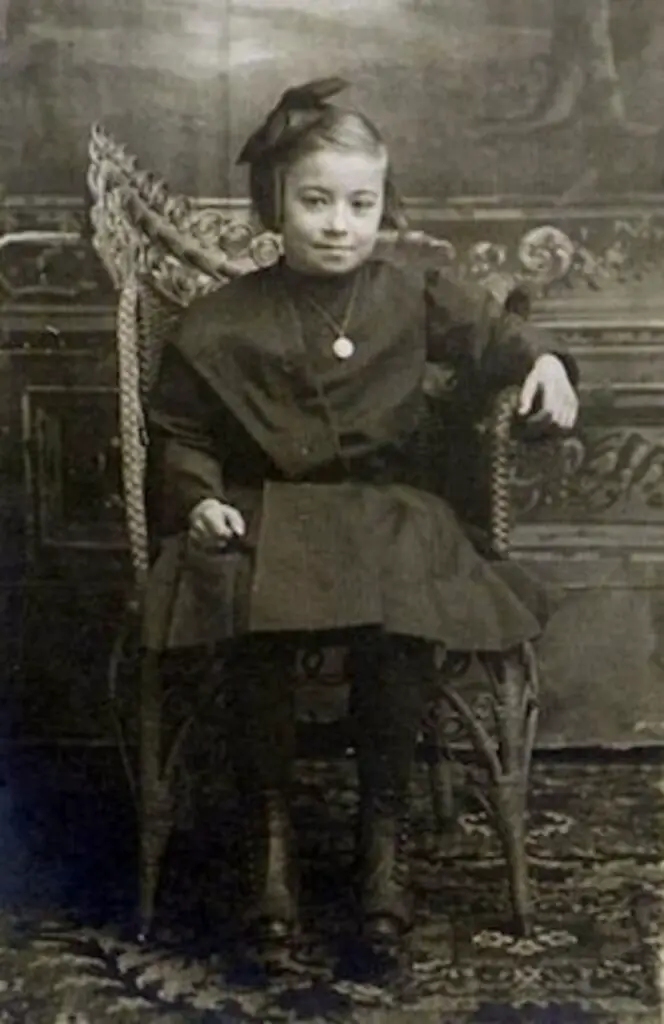Mississippi has a long history of voter suppression. An 1890 rule that permanently strips people convicted of certain crimes of their right to vote remains in the state’s constitution. This practice, called felony disenfranchisement, impacts an estimated 55,000 people today. State lawmakers this year considered, then rejected, lifting the voting ban for some nonviolent offenses.
When Mississippi was admitted to the union in 1817, White men reserved decision-making power for themselves. After the Civil War, they used violence, terror and Jim Crow laws to keep power in their own hands and out of the hands of the formerly enslaved Black people who outnumbered them. Here is a quick look at how voting intimidation and voting rights have evolved through the last 150 years.
Read the detailed history of voter discrimination.
1865
The Civil War ended, freeing enslaved people in Mississippi and starting the period known as Reconstruction. Enslaved Black people accounted for 55% of the state population in 1860.

1866
A federal civil rights bill is passed. At the same time, the White-controlled Mississippi government created “Black Codes,” which criminalized behaviors and conditions of newly freed Black people such as being unemployed, required them to get special licenses to preach and own guns, and required Black children to work as apprentices to former slave masters.
1867
After federal officials took control of voter registration, more than 79,000 Black men registered to vote by the fall. Mississippi voters elected 94 delegates, including 16 Black men, to write a state constitution that would admit Mississippi back to the Union. This 1868 constitution granted citizenship and extended civil liberties to Black men. By this time, nearly 97% of eligible Black men had registered to vote.
1869
Mississippi elected its first Black secretary of state and its first Black legislators in 1869. When they took office in 1870, Black men constituted 14% of the state Senate and 47% of the state House of Representatives. That same year, Mississippi’s Legislature sent Hiram Rhodes Revels, the first Black U.S. senator in the nation, to fill the state’s vacant Senate seat.

1870-1875
Black political representation increased for Mississippians. They elected a Black lieutenant governor in 1873 and another Black U.S. senator in 1874, and consistently held the secretary of state position through 1874. The 1874-1875 legislature reflected the height of Black political representation, with 69 Black men across the state House and Senate.
1875
White Democrats devised what is known as the first “Mississippi Plan” that used violence and intimidation to stop Black people from voting. White vigilantes and paramilitary groups including the Ku Klux Klan committed a series of massacres, including the Vicksburg Massacre of 1874, which killed as many as 300 Black people, and the Clinton Massacre of 1875, which killed about 50 Black people.
1877
Federal troops were withdrawn from Mississippi, ending Reconstruction, and ushering in the era of Jim Crow laws that legalized racial segregation.
1890
The state constitution was rewritten, adding felony disenfranchisement crimes and introducing voter suppression methods such as literacy tests and poll taxes. These were all part of a second “Mississippi Plan,” a concerted effort by White leaders to nullify the Black vote. By 1892, less than 6% of eligible Black men were registered to vote.
Crimes that would lead to a lifetime loss of voting rights were bribery, burglary, theft, arson, obtaining money or goods under false pretenses, perjury, forgery, embezzlement and bigamy.
1910-1930
Many Black Mississippians left the state during the Great Migration. By 1940, they no longer constituted a majority in the state.
1950
Burglary was removed from the list of disenfranchising crimes in the state’s constitution.
1963
Mississippi’s racial violence and civil rights activism became national flashpoints. NAACP Field Secretary Medgar Evers was assassinated in Mississippi. President John F. Kennedy called for a civil rights bill in the wake of Evers’ murder and was assassinated months later.
1964
President Lyndon B. Johnson signed the Civil Rights Act of 1964. The Council of Federated Organizations, a coalition of civil rights groups, led several large efforts, including the “Freedom Summer” of 1964, to boost statewide voter education and registration.
A week after Freedom Summer began, Ku Klux Klan members murdered local activist James Chaney, along with volunteers Michael Schwerner and Andrew Goodman, both from New York. Later that summer, the Mississippi Freedom Democratic Party sent a delegation to the Democratic National Convention, where Fannie Lou Hamer testified on national television about the abuse she faced when trying to register to vote.

As Mississippi became a battleground, GOP presidential candidate Barry Goldwater visited the Neshoba County Fair in August, just a week after Goodman, Schwerner and Chaney’s bodies were found buried in a dam. Goldwater, who carried the state in the national election, represented a shift in conservatism that equated civil rights activism with lawlessness and laid the foundation for “tough on crime” rhetoric that would lead to mass incarceration.
1965
The U.S. Commission on Civil Rights held hearings in Jackson and found Mississippi’s voting practices discriminatory. Months later, the Voting Rights Act of 1965 passed, prohibiting racial discrimination in voting. The following year, a federal court ruled Mississippi’s poll tax unconstitutional. Black political participation began to rise again and in 1967, the state elected Robert G. Clark Jr., its first Black representative since Reconstruction.
1968
Murder and rape were added to the list of disenfranchising crimes in the state’s Constitution.
1970 and beyond
Mass incarceration began to take hold in Mississippi and across the nation. Since 1983, prison populations in the state increased more than 200%, according to the Vera Institute. National “tough on crime” rhetoric contributed to the increase in convictions. Though people not convicted of disenfranchising crimes were allowed to vote from Mississippi’s prisons and jails, many faced challenges in accessing ballots.
1998
In Cotton v. Fordice, the U.S. Fifth Circuit Court of Appeals upheld the felony disenfranchisement clause in the state constitution, stating that its amendments to remove burglary in 1950 and add murder and rape in 1968 took away its “discriminatory taint.”
2008
The Mississippi House passed a bill to restore voting rights to those convicted of felonies, excluding murder and rape. The bill died in the state Senate.

2023
A three-judge U.S. Fifth Circuit Court panel ruled that Mississippi’s lifetime voting ban violated the Eighth Amendment’s “cruel and unusual punishment” prohibition. The full appeals court is reconsidering the case, leaving the disenfranchisement laws unchanged.
March 2024
The Mississippi House of Representatives advanced legislation to restore the right to vote for people convicted of some nonviolent offenses. The bill died in the state Senate in April.
Sources
Mississippi Department of Archives and History; Mississippi Encyclopedia; SNCC Digital Gateway; A Bicentennial History of Mississippi 1817-2017 by Mississippi Secretary of State; National Park Service; Against All Odds: The First Black Legislators in Mississippi by DeeDee Baldwin; Zinn Education Project; Library of Congress; Vera Institute; The New Jim Crow by Michelle Alexander; Voting in Mississippi: A Report of the United States Commission on Civil Rights 1965



























